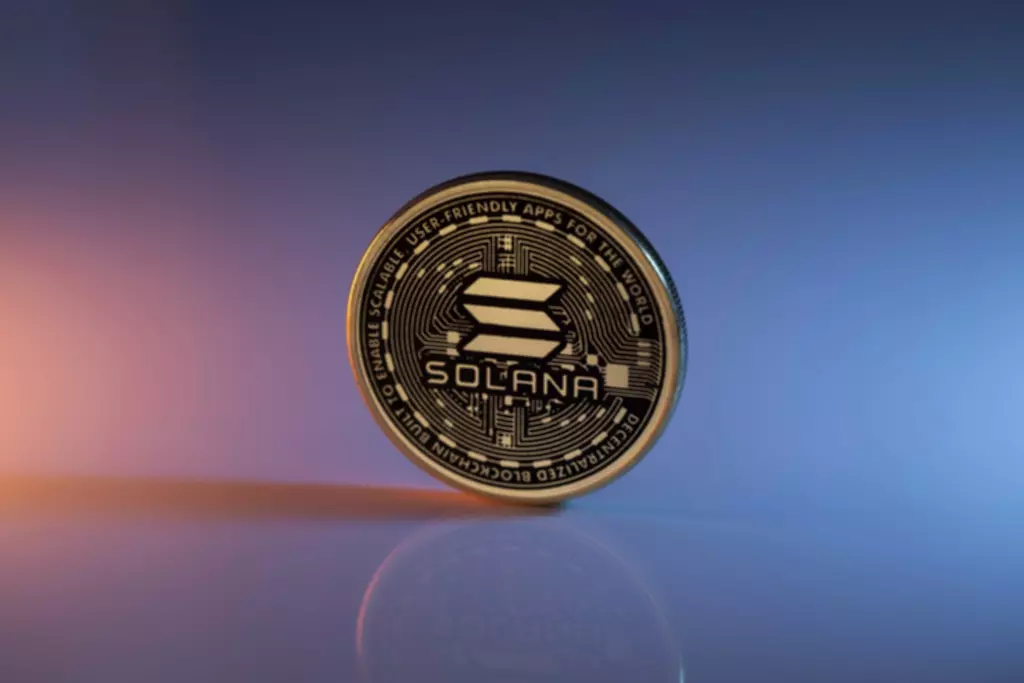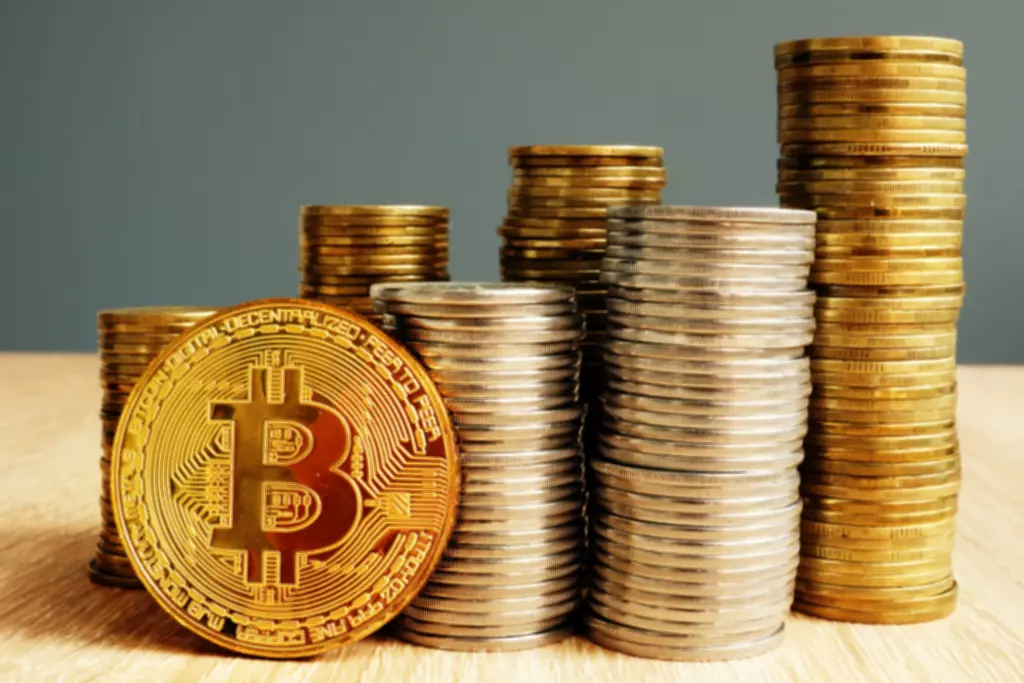Content
- More Effective Marketing Strategy
- Crypto Analyst Predicts Next Bitcoin Halving Will Trigger A Btc Price pump
- How Does Liquidity Mining Work?
- Be An Early Backer Of The Most Complete And Sophisticated Defi Aggregator And Protocol
- The Benefits Of Non
- Liquidity Mining Vs Yield Farming
- Things To Consider Before Liquidity Mining!
One of the common highlights you would come across in DEXs would be decentralization. Developers of decentralized exchanges should empower community involvement in the project. Liquidity mining with Bitcoin and other cryptocurrencies started on these platforms with facilities for token swapping. Token swaps allowed the possibility of trading one token for another one in a liquidity pool. Users had to pay specific fees for every trade, such as 0.3% of the value of swapped tokens on Uniswap.
More than 120 DeFi platforms have over $80 billion worth of assets locked in them. Even if you can expect all DeFi solutions to follow similar concepts, there is a specific approach to distributing liquidity farming protocols. The three notable types of categories among liquidity farming protocols would include the following. As a matter of fact, it is one of the promising applications in the DeFi space, which can help users extract the best value from their crypto assets. DeFi has evolved as a comprehensive blockchain-based finance platform that excludes centralized financial intermediaries from financial services. Moreover, there are also some technical risks in the protocols that users should be concerned about.
Like all investment options to generate passive revenue, liquidity mining isn’t for everyone. The risks may not outweigh the potential benefits, although that will require some thorough research to figure out. Always list the pros and cons, conduct some simulations regarding earnings, and what would happen if the value of supplied tokens drops by 10-20%.
As an illustration, the value of the cryptocurrency used for liquidity mining may soar the next day. As a result, users may suffer losses that are far greater than the modest profits from liquidity mining. However, DeFi introduced a new way of gaining sustainable returns in the form of liquidity mining.

Security hacks can lead to losses due to theft of tokens held within the liquidity pools or a fall in token price following the negative publicity. A core benefit of DeFi liquidity mining is that it allows for the relatively equitable distribution of governance via native tokens. Before liquidity mining of crypto existed, token distribution was largely unfair and imbalanced.
The larger the price gap, the more likely there is to be a temporary loss. Higher gas prices may price out small capital investors, resulting in liquidity mining benefits for those who can afford to pay high fees. With Eth2.0 on the horizon, these Ethereum concerns should level the playing field and allow more retail customers to trade on the network, benefiting from incentive schemes such as liquidity mining. Unlike initial coin offerings , which require interested investors to purchase a governance token, the fair decentralization protocol approach does not sell the native currency. Instead, it employs various criteria to ensure that tokens are distributed equally. After launch, the fair decentralization protocol immediately transfers authority to the community.
More Effective Marketing Strategy
The bank needs your money to grow its business, start new projects and invest in large-scale projects. Without people’s money, no bank would be able to do any of those things. On the other hand, the investor lends their money to the bank and receives interest. Liquidity mining is the same, except for the fact that you are investing in blockchain and DeFi projects. Fresh projects may be established without any type of authentication or registration because all decentralized protocols provide anonymity.
For one, it permits regular users to earn a passive income without previous requirements. The platforms are easy to sign up for, and they don’t require any special equipment like traditional mining. Keenly, the best platforms allow you to start earning interest instantly. Security risks – technical vulnerabilities could cause hackers to take advantage of DeFi protocols to steal funds and cause havoc. Such security incidents are common within the cryptocurrency space because most projects are open source, with the underlying code publicly available for viewing.
It can be a cash reserve or an amount of assets that a company can easily convert into cash. Thus, in liquidity mining, crypto investors lend their assets to liquidity pools, as liquidity is important in decentralized exchanges. Once you have a thorough understanding of liquidity mining and its potential risks and gains, you should be better equipped to invest your assets in liquidity pools.
The spread is the distance to the mid-price of your orders on the platform. The Ledger Nano X hardware wallet does a lot more than just store, https://xcritical.com/ send, and receive crypto. It combines many cool features in a secure manner and in a way that even a newbie could use effectively.
Crypto Analyst Predicts Next Bitcoin Halving Will Trigger A Btc Price pump
It’s the process of depositing or lending specified token assets with the purpose of providing liquidity to the product’s fund pool and obtaining an income afterwards. There are several decentralized exchanges that incentivize liquidity providers to participate within their platforms. The most popular are UniSwap and Balancer, which support Ethereum and Ether-related tokens on the ERC-20 standard. PancakeSwap is another popular DEX where you can liquidity mine with support for Binance Smart Chain-based assets. Since your investment is essentially used to facilitate decentralized transactions, your rewards usually come in the form of trading fees that accrue whenever trades occur on the exchange in question. Since your share of the liquidity pool dictates what your yields are, you can essentially estimate what your rewards will be before you’ve even invested.

As a result, when you decide to withdraw, the value in $USD is lower than when you opt to offer liquidity. This risk is normally mitigated by benefits from incentives like trading fees, but the volatility of the cryptocurrency market makes liquidity providers more stressed about their deposits. Using IX Swap as an example, liquidity providers will provide liquidity on the IX Swap protocol by providing their assets . When another protocol user wants to exchange their IXS tokens for ETH, there will be enough liquidity/tokens available for trade. Liquidity mining risks in which the protocol or liquidity pool developers shut down the project abruptly and abscond with the money of investors.
How Does Liquidity Mining Work?
You should be better ready to invest your money in liquidity pools if you have a solid grasp of liquidity mining and its possible dangers and advantages. High yields that enhance your portfolio and allow you to earn continuous passive income are possible if you use the appropriate technique. While other passive investing techniques may have advantages, liquidity mining is the most easily implemented investment approach.
- While you certainly can, and we’re seeing that pool staking is much more rewarding than solo staking, it isn’t a must.
- Decentralized exchanges are required to be liquid by nature, thereby implying the facility of rewards for users offering liquidity to them.
- For experienced traders and newbies alike, having few trusted exchange platforms in stock is a great asset in their crypto journey.
- Being a blockchain application development platform and network fueled by Bitcoin in tandem with smart contracts, Echo has its own native token called Echo.
- With the help of liquidity farming programs, a protocol could develop a community that trusts and supports the new projects on the platform.
In this guide, we will introduce the concept of liquidity mining, why it matters, which platforms enable users to mine for liquidity, its benefits and the risks involved in this investment strategy. Uniswap is a decentralized exchange protocol that runs on the Ethereum blockchain. It doesn’t require any intermediaries or other centralized parties to carry out trades. Uniswap mainly relies on the model that allows liquidity providers to create liquidity pools. It allows users to efficiently swap between ERC-20 tokens with no required order book.
Be An Early Backer Of The Most Complete And Sophisticated Defi Aggregator And Protocol
For instance, rug-pull fraud is only possible with DeFi liquidity mining. The people who stake higher amounts will typically receive higher rewards, which is similar to what occurs when performing liquidity mining of crypto. If you don’t want to fall prey to liquidity mining fraud, it’s essential that you perform your due diligence to learn everything you can about a project before investing in it. Are you looking for a DeFi service that offers all the benefits of liquidity mining without having to worry about its known risks? A better and fairer user reward system that isn’t just reliant on liquidity pool fees, but revenue from all existing and future PlasmaFinance products. PlasmaFinance is all about realizing the dream of open finance and making the concepts of decentralized finance practical realities.

This article goes into detail about liquidity mining, including its many benefits and the few risks that might occur when investing. Is an essential aspect of the DeFi ecosystem What Is Liquidity Mining and a vital one for ensuring the growth of DeFi. Liquidity providers can earn passive income through the liquidity pools on decentralized exchanges with liquidity farming.
The Benefits Of Non
While the main investing strategy for crypto is to purchase and hold cryptocurrencies until they increase in value, there are several additional methods you can use to earn passive income. One such strategy involves liquidity mining, which takes advantage of the immense hype behind decentralized finance while allowing investors to use their holdings to generate additional income. On the other hand, the investor gains profit by investing in the project. Depending on the nature of the project, the investor may receive a share. For example, those who have invested in a decentralized exchange may receive a percentage of the transaction fees.
IX Swap charges a fee on every trade that directly goes to liquidity providers. If there’s a lot of trading volume happening in a given pool, it can be profitable to provide liquidity even if the pool is heavily exposed to impermanent loss. This, however, depends on the protocol, the specific pool, the deposited assets, and even wider market conditions. Apart from LP tokens, liquidity farming protocols could also reward liquidity miners with governance tokens. While liquidity farming or mining presents many favorable prospects for growth of DEXs and DeFi, it also has many setbacks.
It is arguably the best alternative to UniSwap out there, offering better terms for both liquidity providers and traders alike. Before you settle on the investment strategy that’s right for you and your portfolio, be sure to compare DeFi liquidity mining to other passive investment strategies. Even though you likely have the answer to the question “What is liquidity mining? ” by this point, other passive investment strategies likestaking and yield farmingalso have notable advantages. Despite the many benefits of decentralized investment, the system’s design includes a few inherent hazards that might occur.
Liquidity Mining Vs Yield Farming
DeFi liquidity mining enabled users to use their assets to provide liquidity to a Decentralized Exchange in exchange for rewards. As a result, a new passive income source was established among crypto holders. Generally speaking, liquidity mining takes place when users of a certain DeFi protocol get compensation in the form of that protocol’s native tokens for cooperating with the protocol.
These tokens provide you with a certain degree of voting power in the DEXs you’ve invested in. In addition, you can utilize tokens for a certain exchange to alter the protocol’s properties if you have them. The fair decentralization protocol is a concept that tries to level the playing field for all parties involved.
One major benefit of blockchain is that investors and traders can trade their currency without the help of a mediator such as a bank. Decentralized exchanges are platforms where crypto traders can trade their holdings via peer-to-peer transactions. They work on the principle of decentralization and, therefore, without the participation of central authority.
The Balancer protocol has been gaining momentum and stimulating the growth of the entire DeFi ecosystem. Its key mission is to introduce an elaborate financial protocol that offers programmable liquidity in a flexible and decentralized way as well as instant on-chain swaps with moderate gas costs. The win-win-win outcome in liquidity protocols – all parties within a DeFi marketplace benefit from this interaction model. Liquidity mining is an investment strategy in which participants within a DeFi protocol contribute their crypto assets to make it easy for others to trade within a platform. In exchange for their contributions, the participants are rewarded with a share of the platform’s fees or newly issued tokens. Yield farming is a broad categorization for all methods used by investors to earn passive income for lending out their cryptocurrencies.
Without any further ado, let’s take a closer look at some of those protocols and check out what they’re capable of. Before you get involved in liquidity mining, it’s of primary importance to understand what stands behind the concept of liquidity itself and how it works. For experienced traders and newbies alike, having few trusted exchange platforms in stock is a great asset in their crypto journey. Liquidity mining is one of the best ways for investors to generate additional crypto with their existing digital assets.
With the help of liquidity farming programs, a protocol could develop a community that trusts and supports the new projects on the platform. By investing in liquidity pools of stable currencies or avoiding currencies with significant volatility, impermanent loss can be minimized. In liquidity mining, the yield is always proportional to the risks the users undertake. Thus, higher commitments will always bring about greater returns while increasing risks. Every user is compensated proportionately for their supply of liquidity to the decentralized exchange. It must also be noted that the risks are very subtle compared to the possible profits in liquidity mining.
